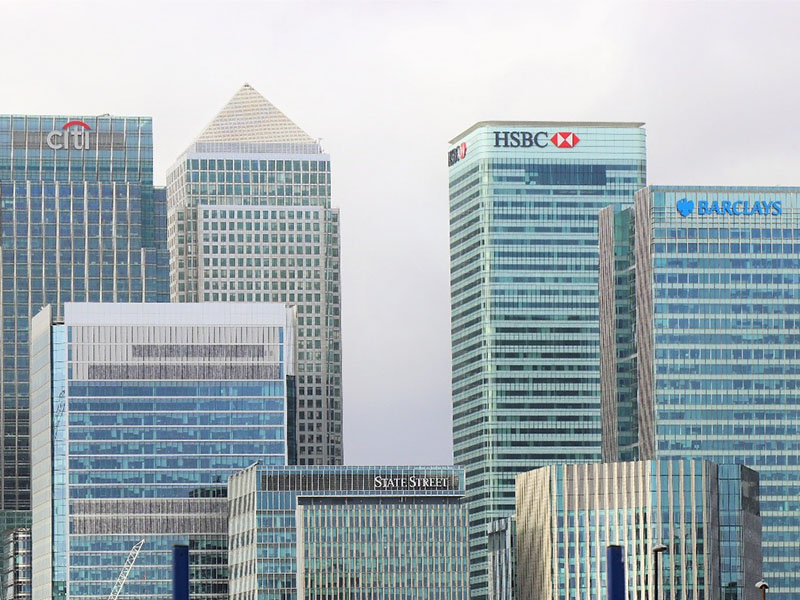We have received many questions and concerns since the bank collapses last month and we think it’s more important than ever to share how you can protect yourself. As a reminder, the Silicon Valley Bank was a unique bank and its failure did not impact the average banking customer. We do not think you need to be concerned about bank collapses going forward.
The most effective way to protect yourself is to keep your cash at FDIC-insured banks and to understand its limits. Having an account at an FDIC-insured bank means that your deposits are insured by the FDIC. In the case of SVB, the FDIC stepped in to cover depositors within days. You should also know that the vast majority of banks are insured by the FDIC. However, there is a limit to that insurance. The standard insurance amount is $250,000 per person, for each ownership category. What that means is, if you have an individual bank account, you should not have more than $250,000 deposited at that bank. If you have a joint account, you should not have more than $500,000 deposited at that bank. If you are someone who hangs onto a lot of cash, you may need to spread your cash around to multiple banks. Notice I said, multiple banks—not just multiple accounts at one bank.
Let me give you an example. Many of our clients and friends lost their homes in the Marshall fire here in Colorado, and they are holding onto large amounts of cash from insurance settlements. Even though it’s more of a hassle, we recommended everyone open up accounts at multiple banks to hold onto their cash during the rebuilding process so they don’t go over the FDIC insurance maximums.
Being informed about FDIC insurance and keeping your accounts below the limit is the best way you can protect yourself. Even though banking collapses are not usual, you should never have more than $250,000 in any individual bank account. As always, we are here for any questions. And if you have concerns or worries, we want to hear from you and work through them together.


